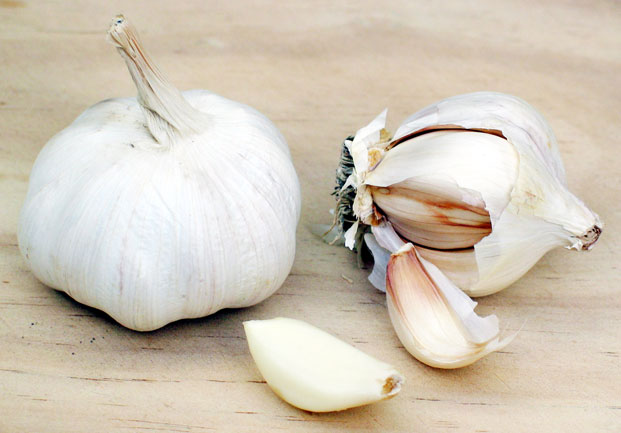Paprika comes from South America and in Europe have brought the Spaniards in the 15th century. Over time, the cultivation of pepper has spread throughout the world. Of the countries in the region pepper is grown mainly in Hungary, and we are so famous. Leskovac and the Macedonian peppers.
Paprika is an annual plant, but in tropical regions a perennial plant. Harvest Season is spring-fall, but the use of modern greenhouses, and the speed of transport - contributed to the fresh pepper that is present on our table almost the whole year. In winter it is used Parik sour pickled, canned peppers pickling. Paprika is one of the prized vegetables for their nutritional and medicinal properties.
Types of peppers
Were obtained by crossing different kinds of peppers, a division of the most famous sweet and sour (Havana, cayenne, California, halapenjo, Hungarian, Serrano ...). Peppers can be in shape: conical, prismatic, round, flat and bell (rounded), and in size from several centimeters to several decimetres. As for color, the fruit can be: dark green, yellow-green, straw-colored, white, yellow, orange, and dark red svetlocrveni.
Useful ingredients
Pepper is not as high in calories and is suitable for the diet, but it is rich in minerals, vitamins and other beneficial ingredients. The fruit contains about 89% water.
Paprika contains nutritious, medicinal and other useful satojke:
* Beta-carotene
* Vitamin A
* Vitamin B1
* Vitamin B2
* Vitamin B6
* Vitamin E
* Vitamin C
* Iron
* Glucose
* Essential oils (mainly seed)
* Zeaxanthin
* Potassium
* Kapsacin
* Carotene
* Lutein
* Monosaccharides
* Sodium
* Pantotinsku acid
* Sucrose
* Carbs
* Folic Acid
* Phosphorus
* Fructose
* Citrine
Application in the kitchen
Paprika is used in food storage salad, for storing cooked meals, in various kinds of pickled salad, but also as an aromatic and distinctive flavor (chopped, dried, ground ...).
In addition to sweet peppers, is used and hot peppers, which have special properties, but its role as a spice and a means to improve appetite unsurpassed.
To make the dish more other useful ingredients, it is a short cooking peppers.
It is interesting that as Aromatic peppers used in making some spirits.
Use
The best and richest ingredients useful certainly fresh pepper, and such and most recommended for human consumption.
The ingredients in pepper effect on the human body as follows: antidepressant, aphrodisiac, antirheumatic, antiseptic and diuretic.
Interestingly, the pepper has more vitamin C than lemon and orange. In 100 grams of peppers is 100 mg to 250 mg of vitamin C.





